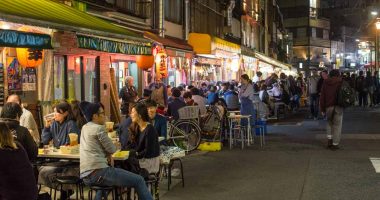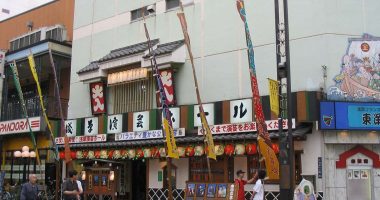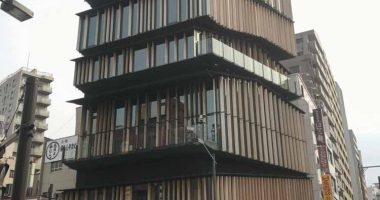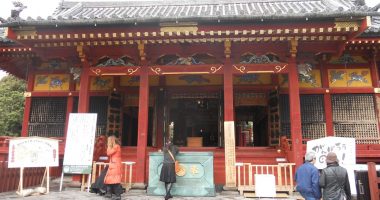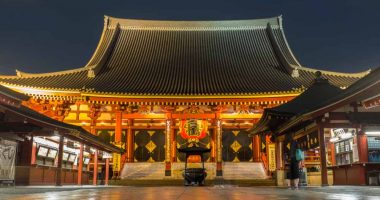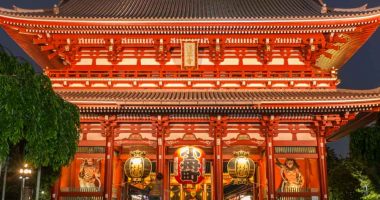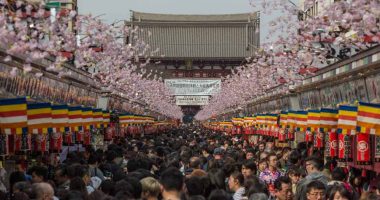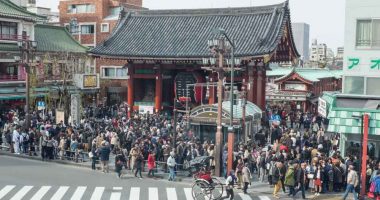Location: Taito
65 posts
Asakusa Engei Hall
Asakusa Engei Hall is famous for rakugo (“fallen words”), a comical form of one-man storytelling through a dialogue of two characters. While the cultural references involved in the storytelling mean that near-native Japanese language skills are a must, Engei Hall does offer other performances that tourists can enjoy (e.g. magic shows).
Asakusa Culture and Tourism Center
An excellent tourist information center for the Asakusa area. The top floor is also an observation deck which provides superb views of Nakamise and Sensoji Temple. On the ground floor near the information desk you can also find all of Taito Ward excellent tourist maps for Asakusa and other areas of the ward such as Ueno and Yanaka.
Asakusa Shrine
One of the most important Shinto shrines in the country. Asakusa Shrine stands in the east of Sensoji Temple and was built in honor of the three men who founded the famous temple. The Sanja Matsuri, one of Tokyo’s three major festivals, is held in May each year to celebrates these three men.
Hozomon Gate
Magnificent inner entrance to Sensoji at south end of the Nakamise shopping street. The original gate was built in 942 but was destroyed by fire in 1631 and then again in 1945 in the Tokyo air raids, having stood for over 300 years. The structure you see today was built in 1964. The statues either side of the gate’s southern face are guardians of the Buddha.
Kaminarimon
Kaminarimon (“Thunder Gate”) is the protector of Sensoji Temple. Fujin, the god of wind, and Raijin, the god of thunder, are enshrined on the east and west side of the gate, respectively. Pass under the gate and make your way up Nakamise. As you do, be sure to look up to see the wooden carving under the large red lantern.
